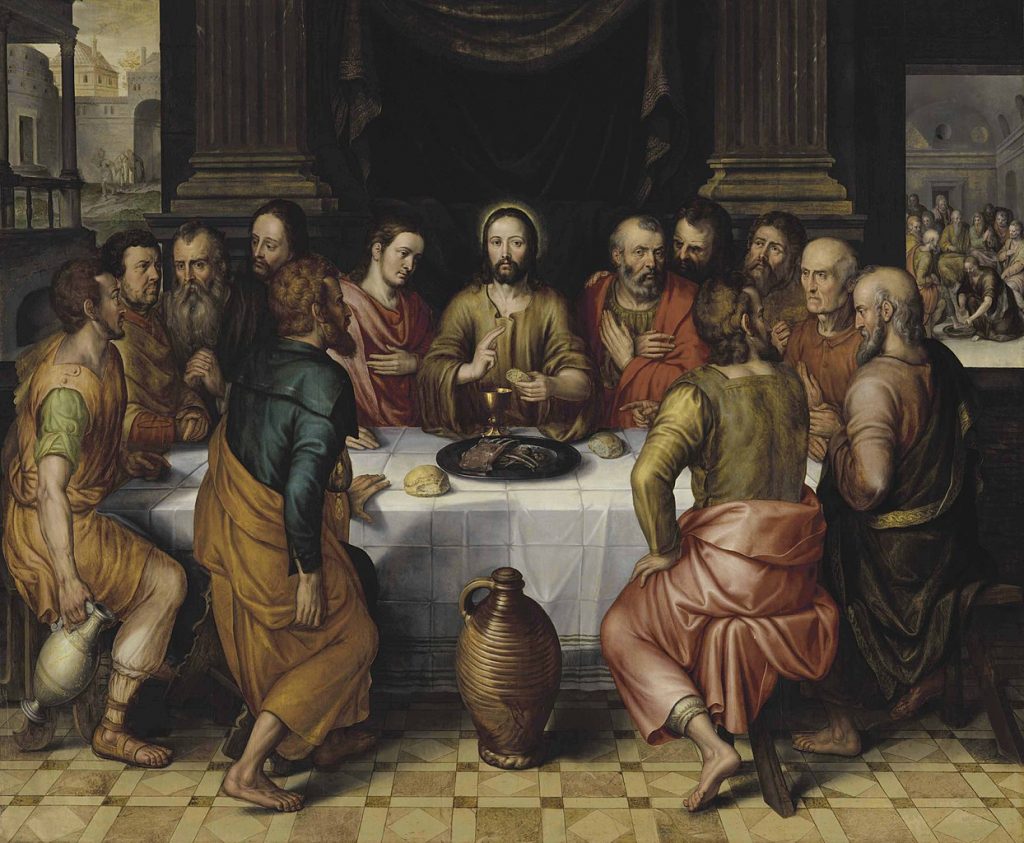And so we begin our great Passover. We enter Holy Week and then the Sacred Triduum — the three-day memorial that culminates in Easter.
We begin in the Upper Room with Jesus as he makes his self-offering at the seder meal. There he presents the mystery that we re-present in every Mass.
We remain with him when the disciples fall asleep. And yet the next day we recognize ourselves in the crowd that cries, “Crucify him!"
We make the Way of the Cross with him. We stand at the cross with Mary. In the stark liturgy of Good Friday we enter a terrible silence.
And we remain there until the brilliance of the Easter Vigil — a veritable explosion of light and sound. All the elements of the cosmos seem to conspire in praise: fire and water, air and voices. Our sorrow is brought sacramentally to an end. It vanishes into joy, as our Lenten austerities vanish into the Church’s definitive moment of glory: the Lord’s resurrection.
In the early Church this was the moment that proved a preacher’s mettle. Now began the season of mystagogy. The word means, literally, teaching about the mysteries. It was used to describe the first sermons preached in the Easter season — sermons describing and defining the sacraments.
Newly baptized Christians sat stunned by the rituals they had just undergone, and the clergy began the gradual task of explaining the rites — beginning with the signs and the symbols and proceeding to the divine realities they signify.
Great voices resounded in those years: Ambrose in Milan, Cyril in Jerusalem, John Chrysostom in Constantinople, Augustine in Africa. They left no soul unsure and no Christian unclear about what had just happened.
Egeria the Pilgrim testified that Jerusalem resounded with the applause of the newly baptized believers as they listened to their bishop preach the Paschal Mysteries.
That, dear friends, is what St. Pope John Paul II meant by the phrase “eucharistic amazement.” And that is what we need to restore to the Church in our time.
What we need to do — in everything we do — is mystagogy, after the ancient models. We want to hear full churches resound with praise for the divine mysteries, the sacraments instituted by Christ and entrusted to the Church.
Our own times, however, are a bit different from the time of the early Church. In the fourth century, mystagogy was aimed directly at new Christians. Today we need to turn our attention
to people who have long been warming our pews. Surveys show that a minority of churchgoing Catholics do not believe what Catholics have always believed about the Mass. We need to evangelize our coreligionists, and mystagogy, I believe, is the way.
Mystagogy inspires wonder about our last reception of the sacraments — and it carries us forward to the next. It doesn’t matter how long we’ve been Catholic. The power of the sacraments never diminishes.
Our Triduum is beautiful, but we do not linger there. It is a beginning, and from there we go on from glory to glory.

